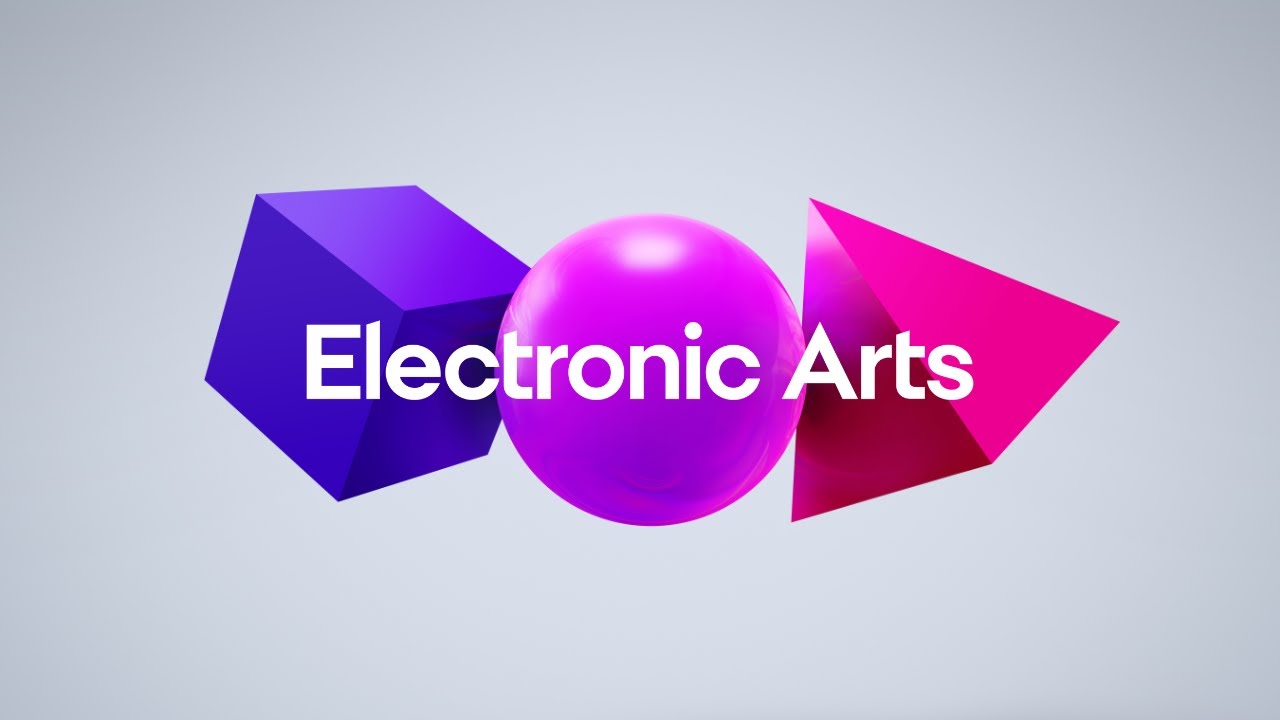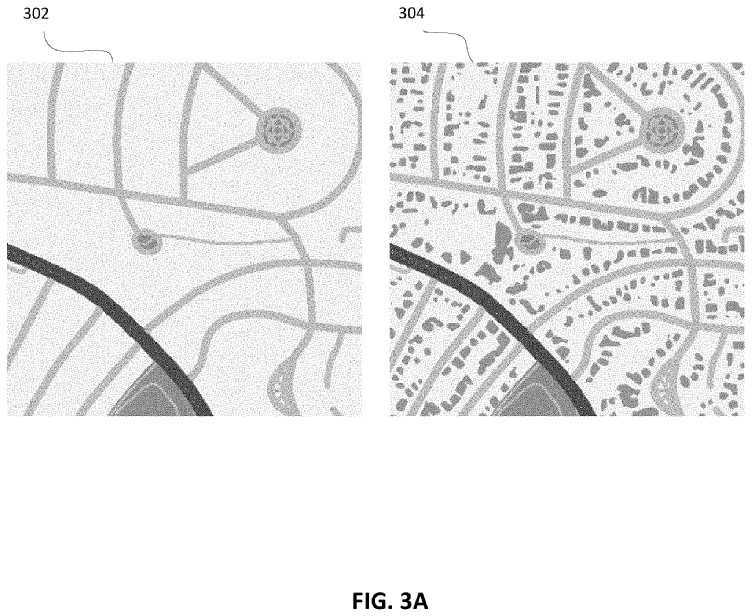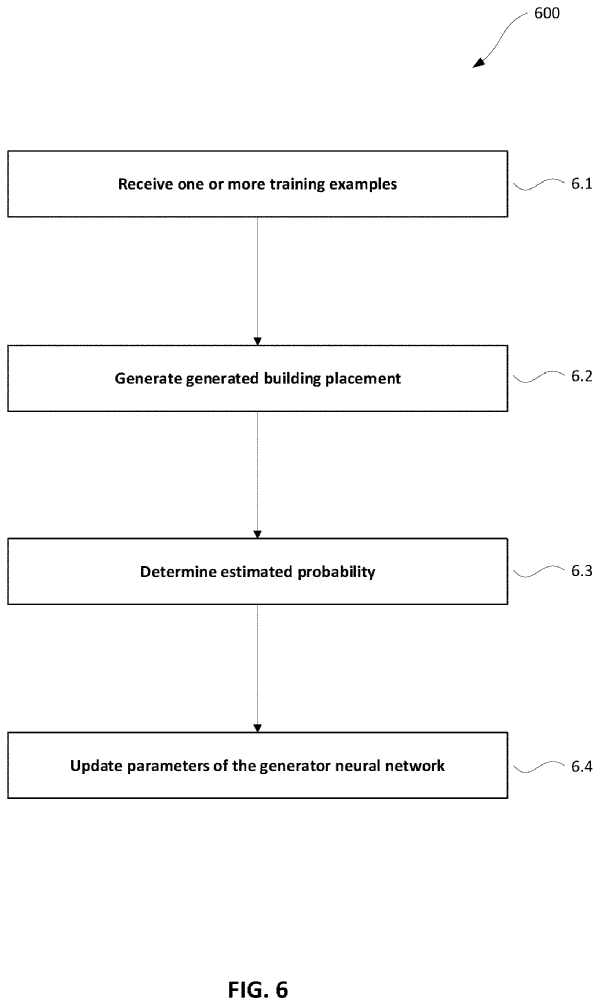
The influence of Electronic Arts dawns upon most of the gaming industry, altering the community as we know it. Expectedly, it has also come to the fore by advancing many cutting-edge technologies used by creators to brew games efficiently. EA has been firing away its futuristic ideas in the form of patents to secure them from its rivals.
The latest published patent by EA discusses automating several tedious steps faced by developers while populating in-game maps with different structures.
The American company has created a patent dubbed “GENERATING POSITIONS OF MAP ITEMS FOR PLACEMENT ON A VIRTUAL MAP,” which concerns alleviating the wearisome procedure normally used in creating in-game maps. The neural networks will yield positions of map items to place them to populate game worlds efficiently.
Major Takeaway
- Electronic Arts has published a new patent that will simplify the steps for developers to populate large virtual worlds with different structures or map items. Moreover, it will provide excess control over the configuration of map items generated on the map.
- The system concerns placing structures like buildings of all kinds. It also elaborates on other architecture like railways, parks, bridges, tunnels, canals, and other similar structures used in creating large AAA-sized open worlds in games.
- The proposed method by EA will let developers create large AAA-sized game worlds adeptly by letting them quickly go through different designs of virtual cities in real-time.
- The patent, if adopted, will provide more ease and swiftness in developing AAA games by using neural networks to create positions for structures to place them on game maps.
The patent discusses the present issues faced by developers in creating huge virtual worlds, calling the current process “time-consuming” due to the “manual tuning of many hyperparameters.” Thus, the patent will generate “the positions of map items, such as buildings or other structures, for placement on a virtual map.”
Game developers typically use real-world existing maps to nurture games to generate realistic urban cities. Using these maps assures that some features like the roads and water bodies are already present. Regardless, these maps mostly lack the crucial info about buildings and other map items required to create video game worlds.

Filling the gaps left by the missing information requires a lot of time and resources by developers. Electronic Arts offers a solution for the impediments in the patent by allowing “a user to easily control the configuration of map items generated on the map while generating map items in a realistic manner taking into account the various features on the map.”
EA’s new patent will “allow users to quickly iterate through different designs of virtual cities in real time and obviate the need to manually tune the many parameters required by conventional techniques.” Users could swiftly go through many designs suggested by the AI instead of manually tinkering with each detail.
The patent deals with determining the positions of structures such as, “a building or other structure, or a park.” It also elaborates on different building types, and other constructs, including vegetation, railways, roads, and the like. The proposed method will utilize various neural networks to automate several manual steps.

The system will train a “generator neural network” to find the positions of map items for their placement on game maps. The generator neural network will be trained through one or more examples to work on its own.
EA further elaborates, “Each training example comprises: i) map data, comprising one or more channels of position information for a region, (ii) a latent vector, and (iii) at least one ground truth placement of map items.”
The patent also uses the word “latent vector,” which is simply a collection of data concerning each of the map items or structures that are placed in the virtual worlds; it will be updated by training. Training the generator neural network will enhance the effectiveness of how structures are populated on the map.
After the generator neural network is trained, “the learned latent vectors may be used to easily control the style with which buildings or other map items are generated on new maps in an accurate and realistic manner.”
Electronic Arts also articulates about the “discriminator neural network.” The discriminator neural network will calculate how the structures are placed on virtual maps to certify that the proposed method places them correctly.
“A discriminator neural network determines an estimated probability of the generated placement of map items being a generated placement of map items or a ground truth placement of map items.” Both the discussed neural networks may be trained together and multiple times for compelling results.

The algorithm will place structures based on variables like an “estimated probability.” A map item may be placed on each subregion out of a set of subregions of the main region of the virtual map based on probability; “it will generate placement data of map items for the map data using the probability for each subregion.”
The patent by EA will ensure the quality of the system; the methods will expertly place particular structures in virtual worlds to create automated yet realistic experiences. However, it is just a patent waiting to be realized as of now. We suggest taking it with a grain of salt since EA may never utilize the innovating prospect.
Nevertheless, using an automation system to generate positions for the placement of in-game structures will bring forth a massive shift in the gaming community. Developers could create quality AAA experiences in only a short amount of time by populating game maps using the power of artificial intelligence.
Electronic Arts’ latest patent will also aid developers by removing the hardships faced during development. Being able to iterate through different designs of virtual game maps in real time using AI will give creators more options. Moreover, we could see an increase in massive and more detailed game worlds moving forward.
This is not the first time EA has patented such an innovative idea before its competitors. Previously, EA patented to produce multiplayer maps based on players’ single-player objectives. Moreover, the gigantic company also recently patented to reenact playable moments from recorded gameplay videos.
What are your thoughts about the giant gaming company, Electronic Arts, utilizing neural networks to automate populating in-game maps by determining positions? Do you think using AI will boost the time it takes developers to produce open-world games in AAA titles? Do let us know your opinions in the comments below.
Similar Reads: Signalis Physical Edition Will Include A Lenticular Memory Collectible.
Thanks! Do share your feedback with us. ⚡
How can we make this post better? Your help would be appreciated. ✍



